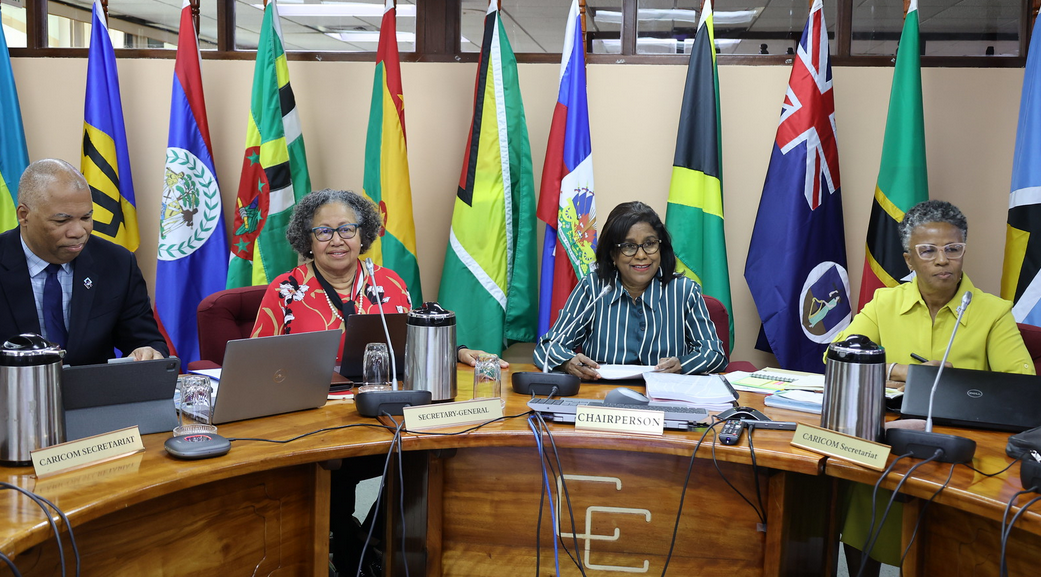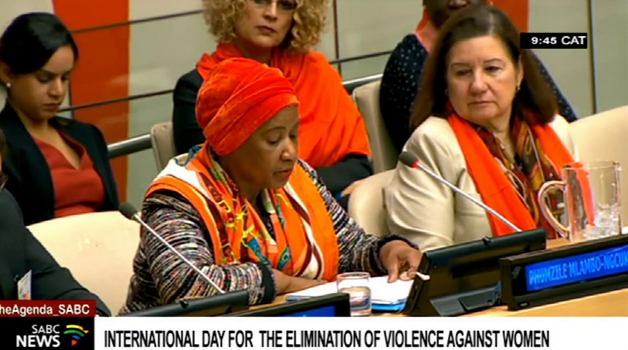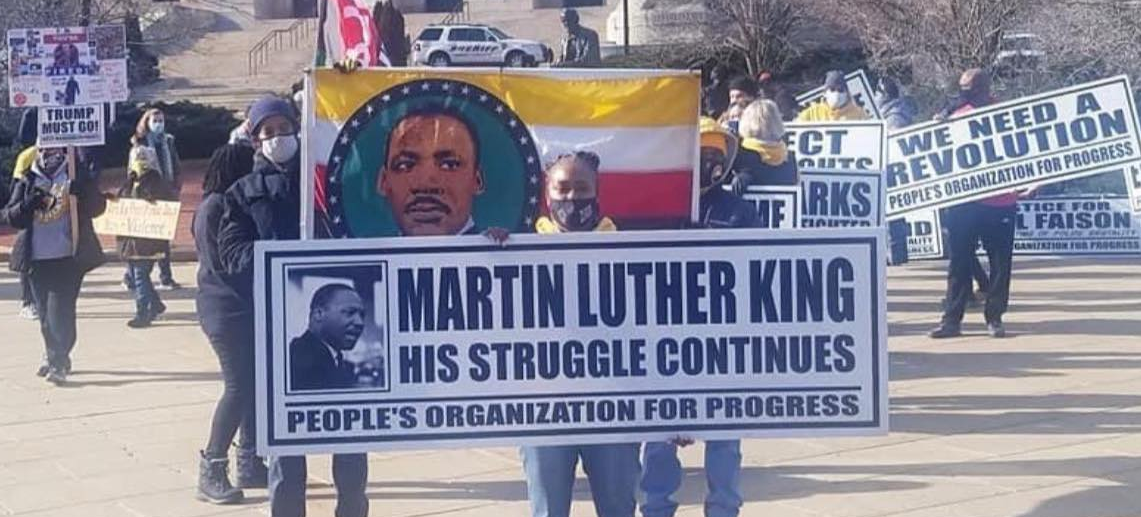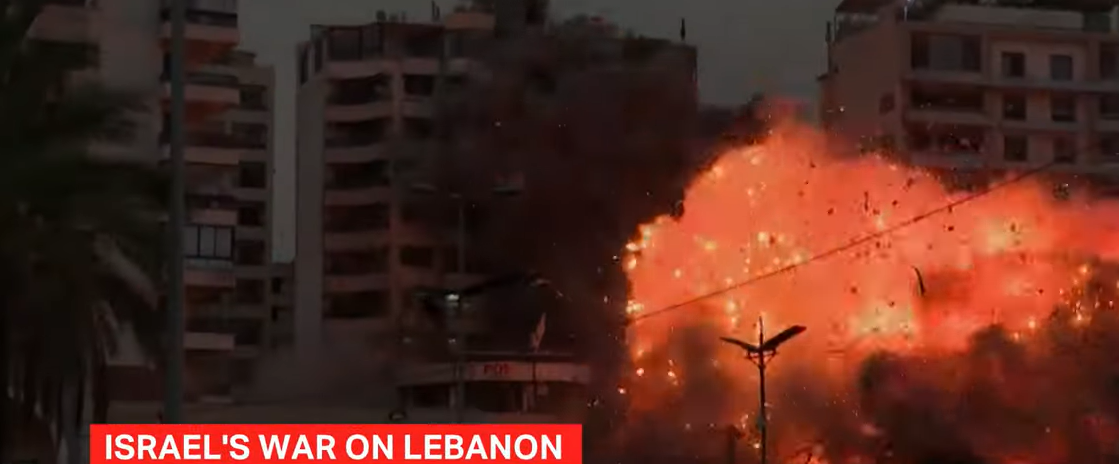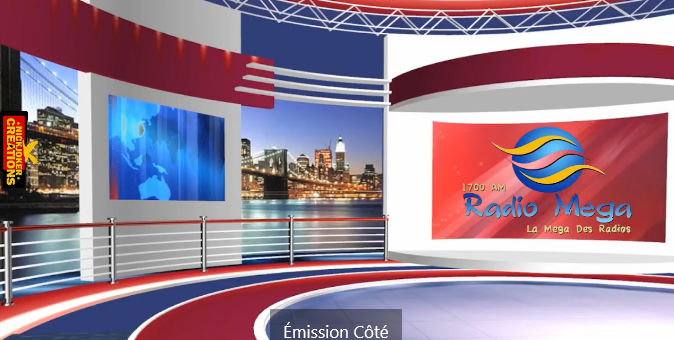Rubble Kings is a documentary about New York City gangs that purports to be the reality behind the cult classic The Warriors. I stumbled on a Rubble Kings trailer while looking for some hip hop history online, understandably because it has everything to do with hip hop.
I’m also a fan of The Warriors. I’ve probably seen it a dozen times, so I was intrigued to see the real deal, but didn’t make time for it till I finally got tired of doom scanning Facebook, Twitter, and “270 to Win” polling averages on election eve, after Pennsylvania had flipped from “leaning blue” to “tossup” at least four times in 24 hours. I recommend Rubble Kings on its own merits but also thought that other Black Agenda Report readers might be looking for a break from election news that may keep coming well into December.
Rubble Kings’ opening message is: “In 1979 a cult classic film called ‘THE WARRIORS’ shook the world with its depiction of New York City as a gang-infested concrete jungle. Nine years earlier the real story was FAR WORSE.”
Indeed. The film’s narrator says that cops came into the South Bronx to pick up the bodies after homicides but didn’t stick around to investigate because they didn’t want to get killed themselves.
What created this? Infamous urban planner Robert Moses ran a highway right through the South Bronx, destroying good housing and businesses all the way, then Jewish, Irish, Italian, and other white residents and businesspeople fled, leaving poor, mostly Black and Brown people behind. Landlords stopped delivering basic utilities, then arranged to have their buildings burned down to collect the insurance. In 10 years more than 30,000 buildings had been abandoned and torched. Community space where kids might have gathered disappeared, and instead there were kids all over the streets. The South Bronx became “a world of its own,” a wasteland where crime, including that committed by crooked politicians and cops, was the central economy. Desperation drove soaring rates of open drug use and addiction.
“When it got virulent, it was almost like they wanted to die. They got into heroin because there was no dream,” says Felipe Luciano, co-founder and former chairman of The Young Lords, an organization that arose, like the Black Panthers, to fight for neighborhood empowerment and self-determination for Puerto Rico, Latinos, and colonized people.
People were living with rats and cockroaches and without water, electricity, or heat. The South Bronx had the highest rates of crime, poverty, and unemployment in the US. The number of homicides quadrupled between 1960 and 1971, motorcycle gangs imitated the Hells’ Angels, and survival became a daily challenge.
It was all so shocking that television news programs invited gang leaders onto the air to explain.
Meanwhile New York City was on the edge of bankruptcy, the social safety net was disappearing, and the middle class was fleeing, even as nightlife flourished, the World Trade Center was completed, and the New York Knicks won their first NBA championship. Gangs of all colors sprang up to defend turf all over the city, but there was still nothing like the South Bronx.
“We had nobody lookin’ out for us, so it was us, the brotherhood, the gang, and that was it,” says Nono, formerly of the Brooklyn Assassins.
“It wasn’t like you had a choice. Whatever gang ran the block, you had to be part of it. There were no civilians. Y’know you had to be in it or you were a victim,” says Topaz, formerly of the Ebony Dukes.
Another backdrop was rising rage as the dreams of the Civil Rights Movement faded and iconic leaders were assassinated. “I have a dream. No you don’t. My people, we will overcome. Boom! No you’re not gonna overcome. You ain’t gettin’ nobody outta this fuckin’ ghetto,” says Carlos “Karate Charlie” Suarez, a Vietnam veteran and former president of the South Bronx Ghetto Brothers.
The militant internationalism spurred by the Anti-Vietnam War Movement had also made its way into the South Bronx. Puerto Rican and African nationalism became part of the culture, but faded as the FBI cracked down on the Panthers and the Young Lords and the Vietnam War dragged on.
Crowd funding the real story
It took years to crowd fund some tens of thousands of dollars to make Rubble Kings, whereas The Warriors had a $10 million budget to create its nocturnal, dreamlike, highly art-directed tale. However, one thing you learn at the opening of Rubble Kings is that survivors actually liked much of the Hollywood film. D.S.R., former warlord of the Savage Nomads, said that the way the word got out on the street after the murder of a peacemaker from the Ghetto Brothers was “like that movie The Warriors, where that lady’s on the radio talkin’ about, ‘Hey boppers, you got to make that move.’”
“You know that scene from The Warriors, ‘Can you dig it?’” says another former gang member. “That really went down. That really happened.” “Can you dig it?” refers to a scene in The Warriors in which Cyrus, the leader of the biggest gang in the city, negotiates a truce and then calls delegates from 100 gangs to a peace conference to make it permanent. Cyrus is shot while making his speech, then the psycho who fired the shot screams that the Warriors did it, and then the Warriors have to fight their way back home from the Bronx to Coney Island with every other gang in the city out to get them for shooting Cyrus. That doesn’t precisely match the narrative of Rubble Kings, but some of its essential elements are there.
The Ghetto Brothers
The South Bronx Ghetto Brothers grew to 2000 members and expanded into other boroughs, filling the political gap left by the Panthers and the Young Lords, and eventually spread throughout the Northeast. They had street cred; everyone knew they were ready to fight if pushed, but they also got junkies off dope, got kids back into school, and otherwise empowered neighborhoods. Quite a few of their members were ex-junkies, and they bragged that there were no more junkies on the block where they were headquartered. They wore berets with red stars, aspired to inspire youth, and learned how to use the media. They even formed a rock, funk, and Latin flavor band, similar to the Black Panther band—The Lumpen—to have fun and convey their message.
Most gangs had warlords who decided when a gang would go to war and with whom, but the Ghetto Brothers instead named a peace counsel, Cornell “Black Benji” Benjamin.
“I loved the Ghetto Brothers,” says Topaz. “We honored them because it seemed to me like they had the courage to do what we all wanted to do but didn’t have the courage to do because you were known for your brutality in those days. You weren’t known for bein’ a nice guy.”
“The Ghetto Brothers were definitely politically minded, but they didn’t take no shit either,” says Afrika Bambaataa, who eventually transformed the Black Spades into the internationalist Zulu Nation.
In a press conference, one of the Ghetto Brothers said, “There are a lot of clubs that help just their own friends. They forget about a lot of other people that live around them y’know. But we’re not like that. We like to help everybody.”
Nevertheless the drug trade increased and the gang violence got worse throughout the city. Gangs became more heavily armed. The Ghetto Brothers worked fervently to negotiate peace between one gang and another and redirect their anger at politicians and police.
Then, with a rumble involving four gangs pending, Ghetto Brothers founder Benji Melendez sent Black Benji Benjamin and 10 or 20 more Ghetto Brothers to persuade them to come to the Ghetto Brothers headquarters to broker a peace. When they got to where a sea of gang members had gathered, Black Benji stepped forward and said “Listen Brother, we’re hear to talk peace,” to the gang leader at the head of the crowd. But the gang leader responded, “Peace shit!”, then the crowd came at Black Benji, and someone stabbed him.
His funeral was huge and then pandemonium hit all over the South Bronx and beyond because he had been killed trying to negotiate peace. Even some of the Ghetto Brothers went blind with rage.
Benji Melendez tried to calm them, then he and Karate Charlie Suarez went to pay their respects to Black Benji’s mother Gwendolyn, and Karate Charlie told her they were bringing Ghetto Brothers in from all over the northeast to avenge her son. Then Black Benji’s mother said, “But Charlie, my son died for peace.”
All sorts of media and gang members were outside when they emerged, expecting them to declare a war that would bathe the Bronx in blood, but instead they said, “No, we ain’t doin’ nobody. We gotta figure out how to do this. We’re gonna have a peace treaty.”
And so they did. They had a huge meeting of gang leaders from all over the South Bronx and signed a historic peace treaty. And the peace held. The New York Times ran a headline that read “Bronx Gangs Chill.” Gangs that had been at one another’s throats started partying together, and what emerged? Hip hop, music and culture that took the world by storm.
Awe inspiring or a Hollywood ending? I’d say awe inspiring because those who were there sound credible. And, as I said earlier, this was a low budget, crowd-funded doc, not a Hollywood movie. With a tiny fraction of the The Warriors budget, it has vastly more depth.
Needless to say, hip hop culture, and rap in particular, hasn’t always been nonviolent since, and gang violence didn’t end everywhere forever, but this is an extraordinary story of grassroots community organizing, interracial solidarity, transcendence, and creativity.
I recommend it to anyone despairing as election returns come in, probably for weeks, till the billionaire duopoly wins. It might give you some hope.



